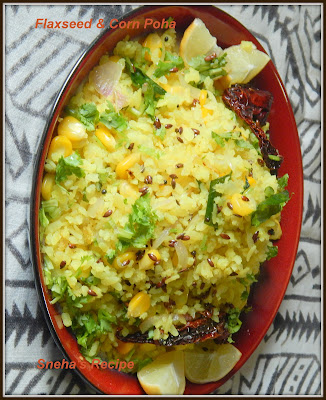Misal-Pav” is a another favorite meal of a“Maharashtrians / Mumbaikar's ” after the most famous Vada Pav. Misal pav is a pretty popular dish from Maharashtra and every region has it’s own version of making misal.
In Konkan where the spice levels are so high that a glass of solkadi is guzzled down to cool the heat!
Misal has in three steps
1. Making of the usal/curry
2. Making the kat/tarri spicy water based thin gravy!
3. The toppings - tomato, onion , lemon juice and farsan
Ingredients
For The Sprouted Mixed Beans Curry
2 Cups Mixed Bean Sprouts - see notes
1 Large Onion - finely chopped
2 Medium Tomatoes - finely chopped
1 Green chilly - chopped
1 Teaspoon Heaped Ginger Garlic paste
1 Teaspoon Mustard seeds
½ Teaspoon Cumin seeds
A Spring Curry leaves
1 Teaspoon Heaped Goda masala - see notes
½ Teaspoon Turmeric powder
2 Teaspoons Heaped Kacha Masala - East Indian - see notes
A Small Lemon Size Ball Tamarind, soaked in 1/2 cup water
1 cup water or add more if you want thin consistency
2 - 3 Tablespoons Groundnut Oil
Salt to taste
Method
Soaked the tamarind in ½ cup water for 15 - 20 minutes. Squeeze the tamarind and remove the plup, keep this aside.Rinse the bean sprouts first in running water well. Drain them completely and then add the sprouts, a little turmeric powder, salt and water 2 inch's above the sprouts, in a pressure cooker till done. Pressure cook for 2 to 3 whistles, or until the beans are cooked yet firm.
Take a deep pan/kadai, heat oil, add in the mustard seeds and cumin seeds when they splutter. Add onion and curry leaves, sauté the onion till they turn translucent. Add ginger-garlic paste and green chilly, stir and sauté till the raw aroma of ginger-garlic goes away. Now add the dry spices - kacha masala, turmeric powder and goda masala. Stir and then add the tamarind pulp. Keep stirring till the raw aroma of the tamarind goes away. Now drain the bean sprouts ( reserve the stock to make the tarri), lighlty mix and add a cup water or more water if required. I added more because the sprouts while getting cooked makes the curry thicker. Bring this to a rolling boil. Reduce the flame and let it simmer for 15 minutes, so the flavors infuse, keep stirring in between so that the beans don’t stick to the bottom of the pan.
Garnish with coriander leaves.
Ingredients
For The Tarri/ Kat
3 Tablespoons Grated Dry Coconut (lightly dry roasted)
1 Medium Tomato chopped
1 Medium Onion - chopped
½ Teaspoon Ginger Garlic paste
1 Teaspoon Goda Masala
½ Teaspoon Red chili powder
1 Tablespoon Groundnut Oil
Salt to taste
Method
Heat the pan with oil, add the garlic-ginger paste, fry for till they turn light brown. Add onion and fry till they turn golden and soft. Add tomatoes and fry for few minutes. Turn off the flame and let it cool. Once cool add above made onion masala, dry coconut, garam masala, red chilly powder and grind to a smooth paste.
Heat the pan with 4-5tsp oil, add above made masala paste and cook till the oil starts leave the sides. At this point you can add red chili powder, salt. Add stock from the beans and little more to make a watery consistency. Cook till it comes to boil. Kat or tarri is very thin watery consistency is ready.
Assembling The Misal Pav
In a bowl or divided plate take the usal curry. Fill it to half. Add in the tarri. Garnish it with tomatoes, onions, farsan, potato sallis, as much as you would like to. Squeeze in lemon juice and garnish with coriander leaves. Serve it warm with pav, cold buttermilk or SolkadhiMy Notes
Do not sprout the beans too much or else the misal will be mushy.
If you do not have goda masala then you can use garam masala powder but half the quantity of goda masala.
Instead of Kacha Masala - use 2 or more teaspoon of red chilly or according to spice level, a teaspoon heaped of coriander powder and a teaspoon cumin powder.
Labels: Mixed Beans, Sprouts, Curry, Street food, Maharastrian Cuisine, Maharashtra, Sunday Funday, Main course For our event called Sunday Funday, wherein we share recipes our families will love to enjoy on a Sunday. Our theme for Sunday Funday: "Sprouts".



































.png)








.JPG)

.JPG)
.JPG)







